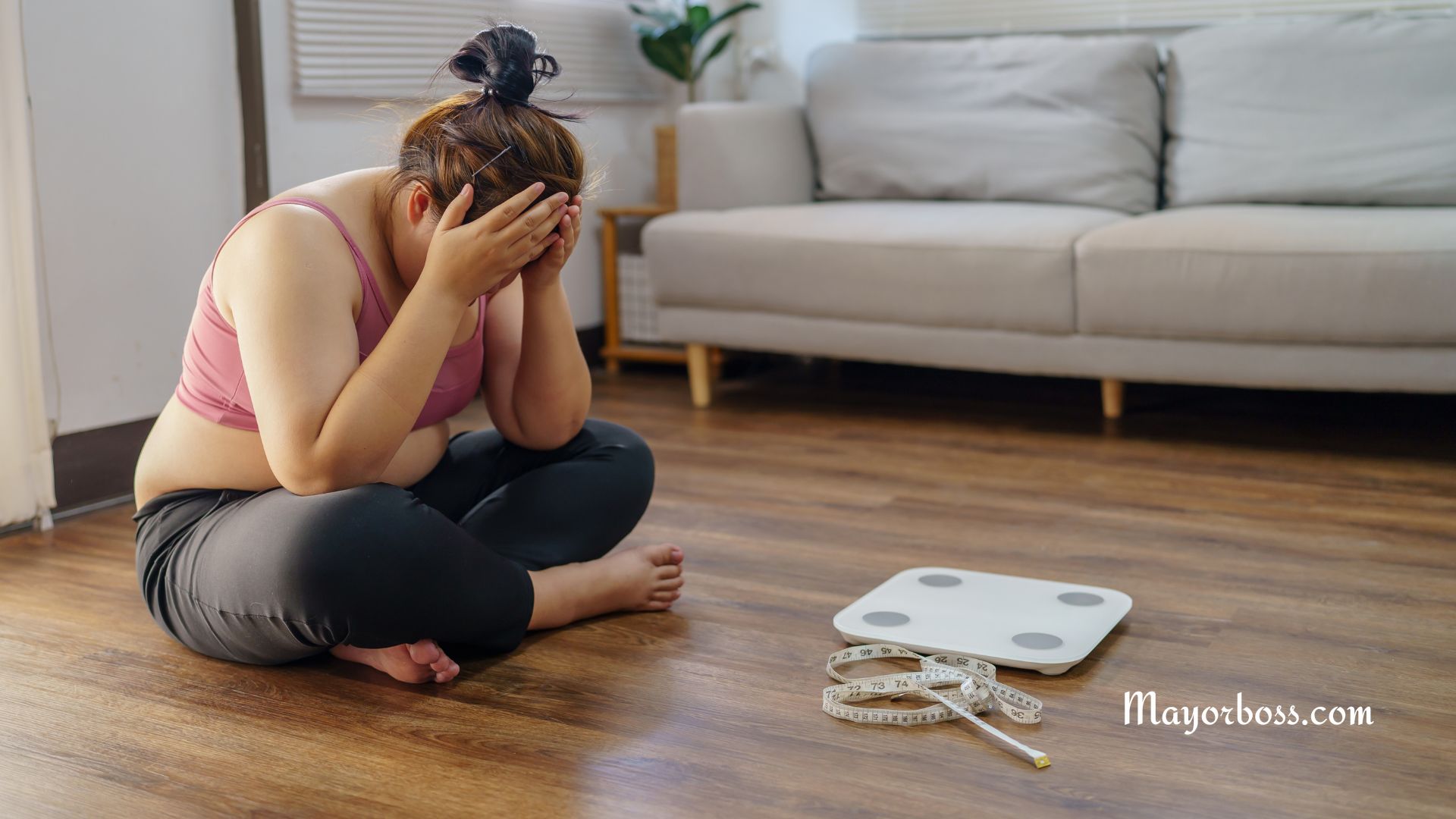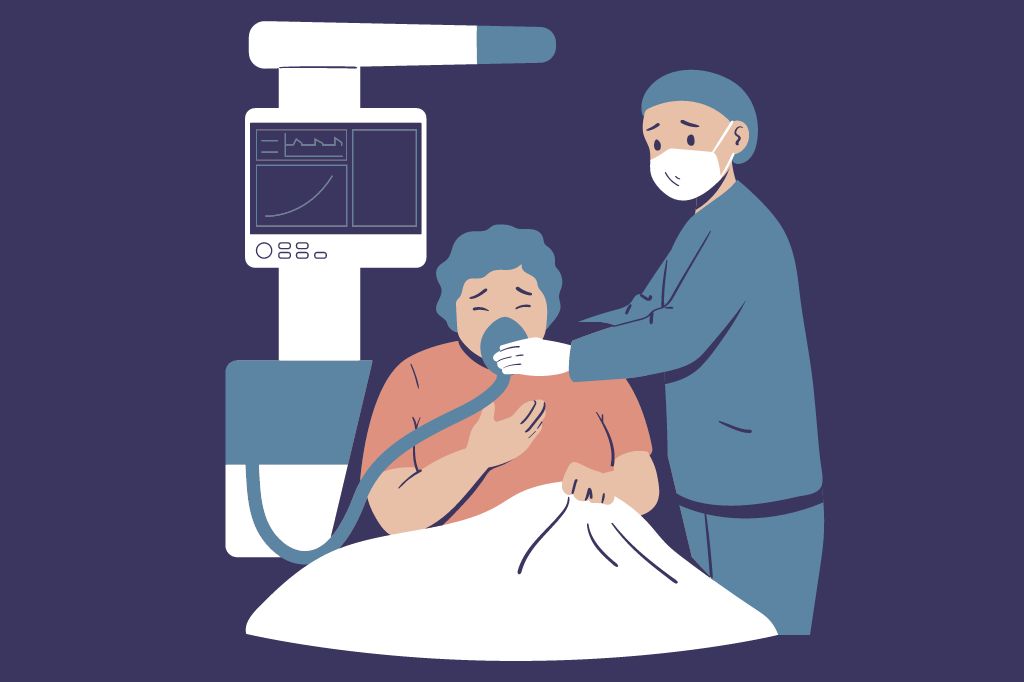Abdominal Pain After Exercise: Causes and Treatment
Have you ever finished a workout session only to be greeted by an uncomfortable, nagging pain in your abdomen? You’re not alone. This is a fairly common experience among both casual exercisers and athletes alike. But what exactly causes this abdominal discomfort after exercise?

Common Causes of Post-Exercise Abdominal Pain
There are several reasons why you may have pain in your abdomen after working out. Some possible causes include:
- Muscle Fatigue: Your abdominal muscles, like any other muscle group, can become fatigued and sore after a strenuous workout. This is especially true if you’ve engaged in high-intensity activities or exercises targeting the core.
- Overexertion: Pushing your body beyond its limits can strain the abdominal muscles, leading to discomfort and pain.
- Dehydration: Intense workouts can lead to dehydration, which in turn can cause muscle cramps, including in the abdominal area.
- Electrolyte Imbalance: Losing electrolytes through sweat without adequate replacement can also lead to cramping.
- Eating Before Exercise: Eating a large meal or the wrong kind of food before exercising can lead to indigestion or bloating, resulting in abdominal pain.
- Gastrointestinal Distress: High-intensity exercise can sometimes disrupt normal digestive processes, leading to discomfort.
- Transient Abdominal Pain: Often referred to as a “stitch,” this sharp pain typically occurs on one side of the lower abdomen and is common during activities like running.
- Possible Causes: It could be related to respiratory patterns, internal organ movement, or ligament strain.
- Hernias: Exercising, especially with improper form or excessive strain, can exacerbate existing hernias, leading to abdominal pain.
- Underlying Medical Issues: Conditions like irritable bowel syndrome (IBS) or endometriosis can be aggravated by physical activity.
When Should You Be Concerned?
It’s important to listen to your body. Mild discomfort that fades shortly after cooling down is typically nothing to worry about. However, if you experience any of the following, it’s time to consult a healthcare professional:
- Severe pain that hinders daily activities
- Persistent or worsening pain despite home treatment
- Pain persists after a few days
- Accompanying symptoms like nausea, vomiting, fever, or blood in stool
Treatment Options For Abdominal Pain After Exercise
When you’re dealing with abdominal pain after exercise, finding relief is likely at the top of your mind. Thankfully, there are several effective approaches you can employ to alleviate discomfort and promote healing. Here are some common treatment options:
- Take a Break: Give your body time to heal by taking a few days off from strenuous workouts, especially if the activities target your core.
- Gentle Movement: Engaging in low-intensity activities like walking or light stretching can aid circulation and promote muscle recovery.
- Rehydrate: Drink plenty of water to replenish fluids lost during exercise and prevent muscle cramps.
- Balanced Diet: Eat a diet rich in nutrients and electrolytes to support muscle repair and overall health.
- Warm Compresses: Applying heat can help relax strained muscles and alleviate pain.
- Cold Packs: For acute pain or inflammation, cold therapy can be effective in reducing swelling and numbing discomfort.
- Anti-Inflammatory Medications: Nonsteroidal anti-inflammatory drugs (NSAIDs) like ibuprofen can help reduce inflammation and pain.
- Pain Relievers: Acetaminophen can be used for pain relief if NSAIDs are not suitable for you.
- Regular Stretching: Incorporating daily stretching routines can increase flexibility and reduce the risk of muscle strain.
- Core Exercises: Strengthening your core muscles can provide better support during exercise, reducing the likelihood of pain.
- Diaphragmatic Breathing: Practice deep breathing techniques to improve oxygen flow and reduce the risk of side stitches.
- Personalized Plan: A physical therapist can design an exercise program that accommodates your body’s needs and helps prevent future incidents.
Tips for Prevention
To help minimize the risk of post-exercise abdominal pain:
- Stay Hydrated: Drink plenty of fluids before, during, and after your workout.
- Mind Your Meals: Eat a light, easily digestible meal at least an hour before exercising.
- Warm-Up and Cool Down: Properly prepare your body for exercise and aid recovery with stretching.
- Gradually Increase Intensity: Avoid sudden spikes in your workout intensity.
- Focus on Form: Ensure you’re using the correct technique, especially during core exercises.
Frequently Asked Questions
What are the most common causes of abdominal pain after exercise?
The most common causes include muscle strain, dehydration, digestive issues, side stitches, and sometimes underlying medical conditions.
How can I tell if the pain is serious?
If the pain is severe, persistent, or accompanied by other concerning symptoms like nausea, vomiting, or fever, seek medical attention.
Can certain exercises increase the risk of abdominal pain?
Yes, high-intensity workouts, especially those targeting the core, can increase the risk if not performed with proper form and adequate preparation.
How quickly should the pain subside after exercise?
Typically, mild muscle soreness or stitch-related pain should subside soon after you cool down and rest. If it persists or worsens, consider seeking medical advice.
How long should I rest before resuming exercise?
Rest until the pain subsides completely. This could range from a few days to a week, depending on the severity of the pain.






